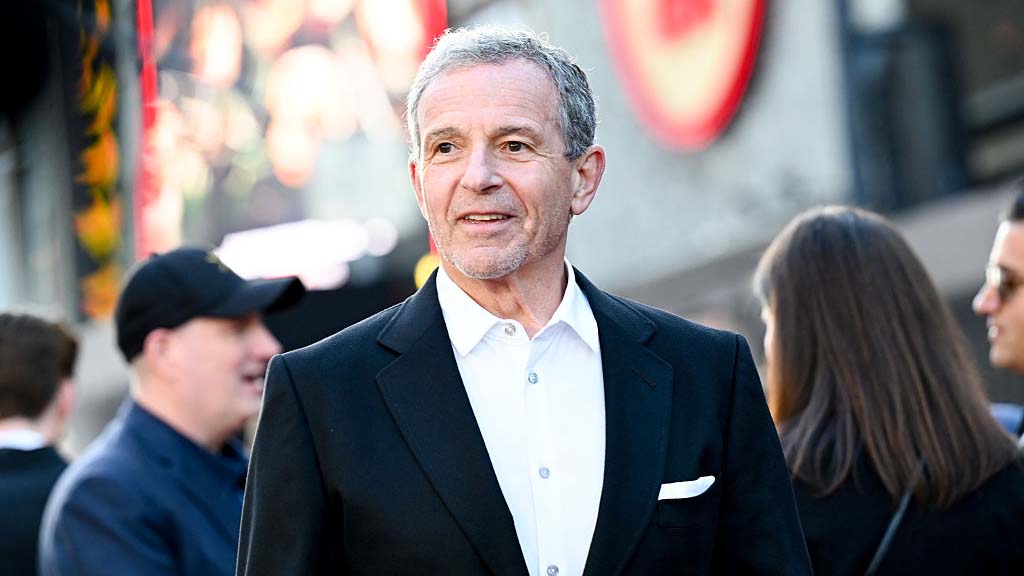FCC Allows Identification of ENG Receive-Only Sites in ULS
In September 2006 the Society of Broadcast Engineers (SBE) filed a petition for rulemaking requesting, among other things, modification of the FCC’s Universal Licensing System (ULS) to allow 2 GHz broadcast auxiliary service (BAS) TV pickup licensees to register the location of BAS receive sites.
Last week, the FCC Wireless Telecommunications Bureau announced that BAS licensees now have the option to identify their stationary, receive-only sites in ULS. In the Public Notice (DA 08-892) announcing the change, the FCC stated, “The Bureau takes this action to facilitate coordination with TP operations above 2 GHz by licensees that must protect or coordinate with such operations.”
The Public Notice emphasized that registering receive-only (RO) sites does not change a licensee’s right to protection. Modified TV Pickup licenses with receive-only sites listed will carry this special condition: “Grant of an application to identify RO sites in this authorization merely records receive-site data that the licensee filed voluntarily, to facilitate coordination, without determining the accuracy of this data or the licensee’s right to coordination or interference protection for these facilities. See e.g., 47 C.F.R. § 2.106, Federal Table for 2025-2110 MHz and US Note 346, and 47 C.F.R. §§ 25.254, 25.255, and 27.1133. Additionally, this grant does not modify the licensee’s authorization to operate a TV Pickup Transmitter(s) under call sign____ and such grant date is irrelevant in determining whether the BAS operation is ‘previously licensed’ for purposes of 47 C.F.R. § 27.1133 and similar interference-protection rules.”
While there is no requirement to register fixed receive-only sites, it may be well worth your time to register them anyway. As previously covered in RF Report, the FCC has allowed some sharing of the BAS 2 GHz band. Perhaps more important is that new services, including the Advanced Wireless Service (AWS) will be using spectrum adjacent to the BAS 2 GHz band. A high power AWS base station operating near a broadcast receive-only site could overload low-noise amplifiers on the antennas and create interference. FCC rules require AWS licensees to determine the location and license of all BAS (or CARS) stations authorized to use the 2 GHz band in their area of operation, and coordinate their planned stations with those licensees. Applicants for an ancillary terrestrial component (ATC) for use with mobile satellite services (MSS) must demonstrate that they have taken or will take the steps necessary to avoid causing interference from base stations to other services sharing the use of the 2450-2500 MHz band.
Registration requires antenna height and location. If the antenna is mounted on a tower with an Antenna Structure Registration, finding the coordinates is easy. If the antenna is on a building or shorter tower that isn’t registered, using one of the “Get Lat/Long” utilities available for Google Maps will allow you to use Google Maps to find the location, zoom in on the tower and determine its coordinates.
Get the TV Tech Newsletter
The professional video industry's #1 source for news, trends and product and tech information. Sign up below.

Doug Lung is one of America's foremost authorities on broadcast RF technology. As vice president of Broadcast Technology for NBCUniversal Local, H. Douglas Lung leads NBC and Telemundo-owned stations’ RF and transmission affairs, including microwave, radars, satellite uplinks, and FCC technical filings. Beginning his career in 1976 at KSCI in Los Angeles, Lung has nearly 50 years of experience in broadcast television engineering. Beginning in 1985, he led the engineering department for what was to become the Telemundo network and station group, assisting in the design, construction and installation of the company’s broadcast and cable facilities. Other projects include work on the launch of Hawaii’s first UHF TV station, the rollout and testing of the ATSC mobile-handheld standard, and software development related to the incentive auction TV spectrum repack. A longtime columnist for TV Technology, Doug is also a regular contributor to IEEE Broadcast Technology. He is the recipient of the 2023 NAB Television Engineering Award. He also received a Tech Leadership Award from TV Tech publisher Future plc in 2021 and is a member of the IEEE Broadcast Technology Society and the Society of Broadcast Engineers.
